
7 Branding Elements of Powerhouse Brands: Unlocking the Secrets
Angel Poghosyan
January 4, 2023
Giving your brand a vision and a personality makes your company approachable to consumers. That is all made possible through the branding elements featured in this blog.
If you already have a logo, you still have a long way to go. Creating a brand is more than just that – it is a process of building a unique entity that can be relatable and memorable.
Today we’re going to talk about the seven branding elements that have the potential to affect the purchasing power of your customers.
We don’t want to keep you waiting, so let’s jump right in!
What are branding elements?
Branding elements are visual and conceptual aids that help define your brand in a user-oriented way – no confusing market data, no fuss, just a glimpse into the heart of your brand.
Think of these elements as a really fascinating album cover. When they’ve all come together – the imagery, the album’s description, the musician’s blurb – they’re going to tell your prospects that you have a really great record, and they’ll eventually be so curious that they’ll want to listen to the whole thing, from beginning to end!

In digital marketing, branding elements come together to create a perception of your brand. They’re the line between prospects and conversions. Branding elements make up the identity of your company.
So, what are the elements of a brand? Today we’ll talk about your brand’s name, logo, color palette, tone of voice, slogan, fonts, and graphics & imagery. These are the seven branding elements that have the power to increase your reach and turn profits, but most of all – make customers fall in love with your company.
The 7 branding elements your brand needs
Perfecting these seven branding elements is what’s going to ensure that you stand out against your competition. Staying consistent and creative with your branding elements gives buyers a reason to choose you.
Let’s get started with your brand name!
1. Brand Name
While seemingly one of the most obvious branding elements, there’s a lot that goes into crafting the perfect brand name. It identifies you as a company, and most importantly, it differentiates you from everyone else.
Also, social perception aside, this is the name that’s officially registered with patent and trademark entities. It’s a property of sorts.

While there isn’t some magic formula to picking out a company name, there are some guidelines that can help ensure consumers have a positive reaction when they come across your brand. Your brand name should be:
- Meaningful: It conveys the essence of your brand, evokes an image, and fosters a positive emotional connection
- Unique: It’s distinctive, unforgettable, and stands out against your competitors.
- Accessible: People can easily interpret your brand name. They can say it, spell it, search and find it.
- Protectable: You can get the domain, and you can trademark it. It’s essential to have ownership of your brand name, both legally and in the general consciousness, i.e., people associate you with your company’s name.
- Timeless: The name is future-proof, which allows it to grow with the company. It maintains relevance throughout the years and has potential for brand extensions.
Take some time to find the right brand name for your company. It won’t happen overnight, but the wait is worth it. If you’re feeling stuck, feel free to reach out! Brainstorming is part of the Cloud 9 process.
2. Logo
First, it’s important to note that your name and logo aren’t your brand.
The experience you provide people, the perception, and the reputation of your brand; these are what ultimately cultivate your brand.
However, that being said, this particular branding element creates that first impression. It’s the first thing people associate your brand with, often before your company name! It’s one of the most powerful elements of a personal brand.
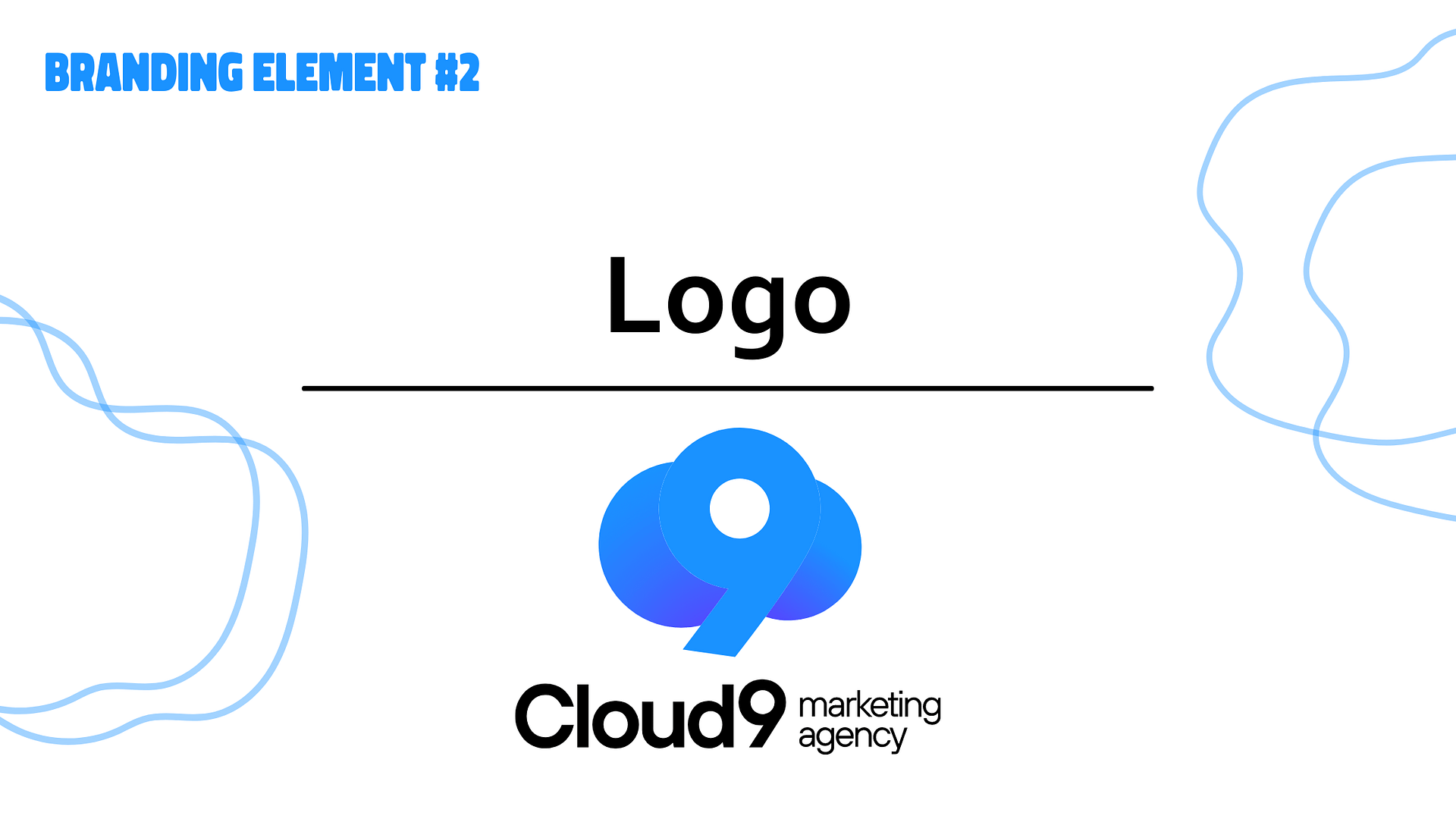
You’re probably wondering, what makes a good logo?
A good logo is one that is memorable to your audience. It cultivates brand loyalty because it has meaning. Of course, it needs to be creative, bold, and unique. But more than that, it needs to be technically functional. Let’s take a look at two different logos for some context.
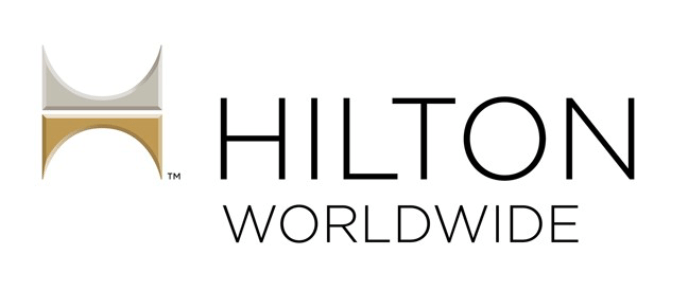
Boring is one thing, but the alignment issues on this logo are unacceptable. The weird pointy beveled thing is totally off-center, and “Hilton” and “Worldwide” aren’t even aligned. Next!
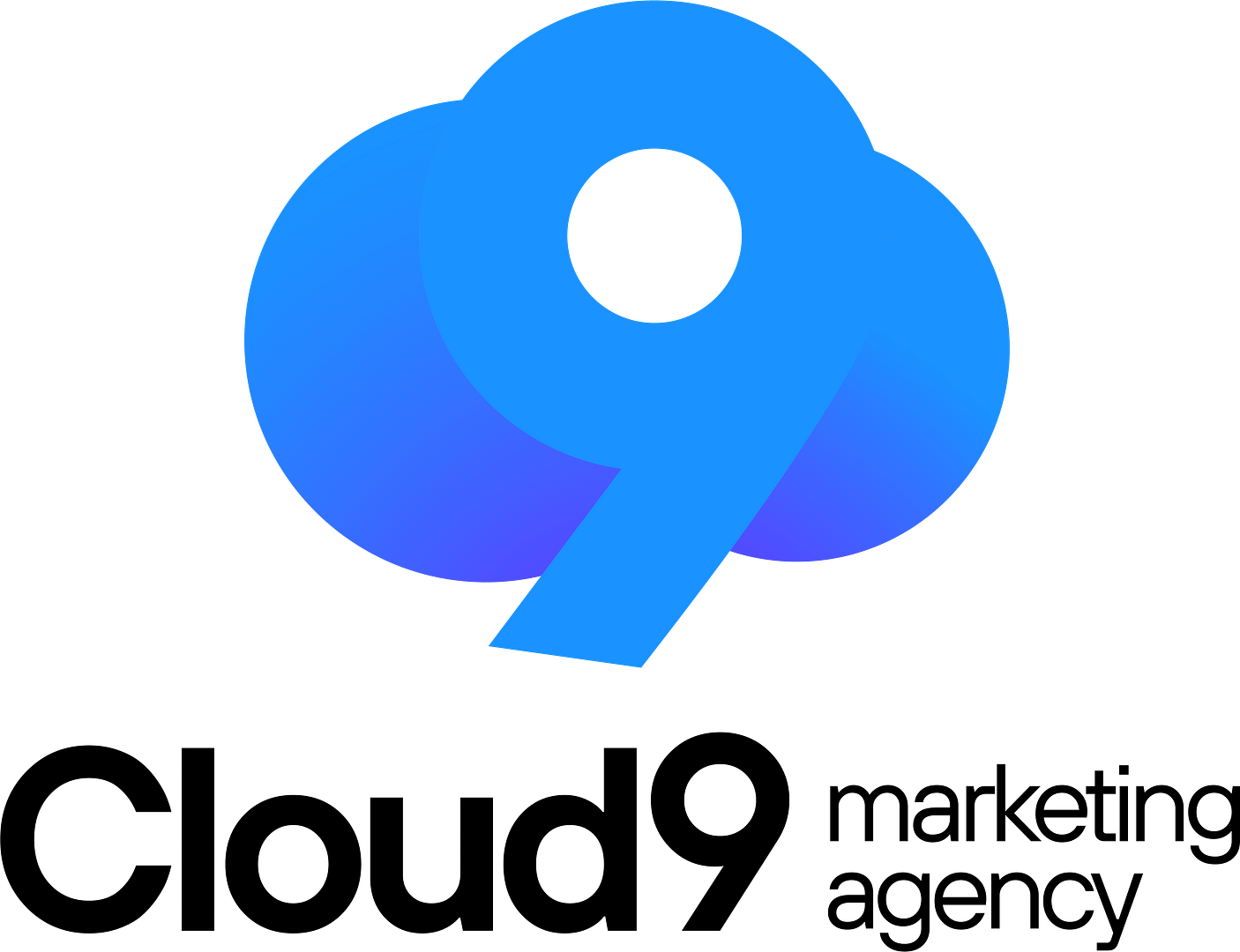
We might be biased, but this logo hits all of the marks. We know that the brand is Cloud9, and we know that Cloud9 (that’s us, hi!) is a marketing agency. Everything is centered and well-aligned. The colors are bold and modern but still give the logo character.
A fun perk is that the emblem’s “9” is a functional design element that shapes the cloud! This is a play on the traditional letter mark design – a logo that contains an abbreviation or a symbol/letter.
3. Color palette
No matter where you are or what you’re doing, if you see the colors green and black grouped together, you’re likely to think of Spotify. Or when you see blue and white, you’re thinking of iMessage, Zoom, Facebook, and Cloud9, to name a few.
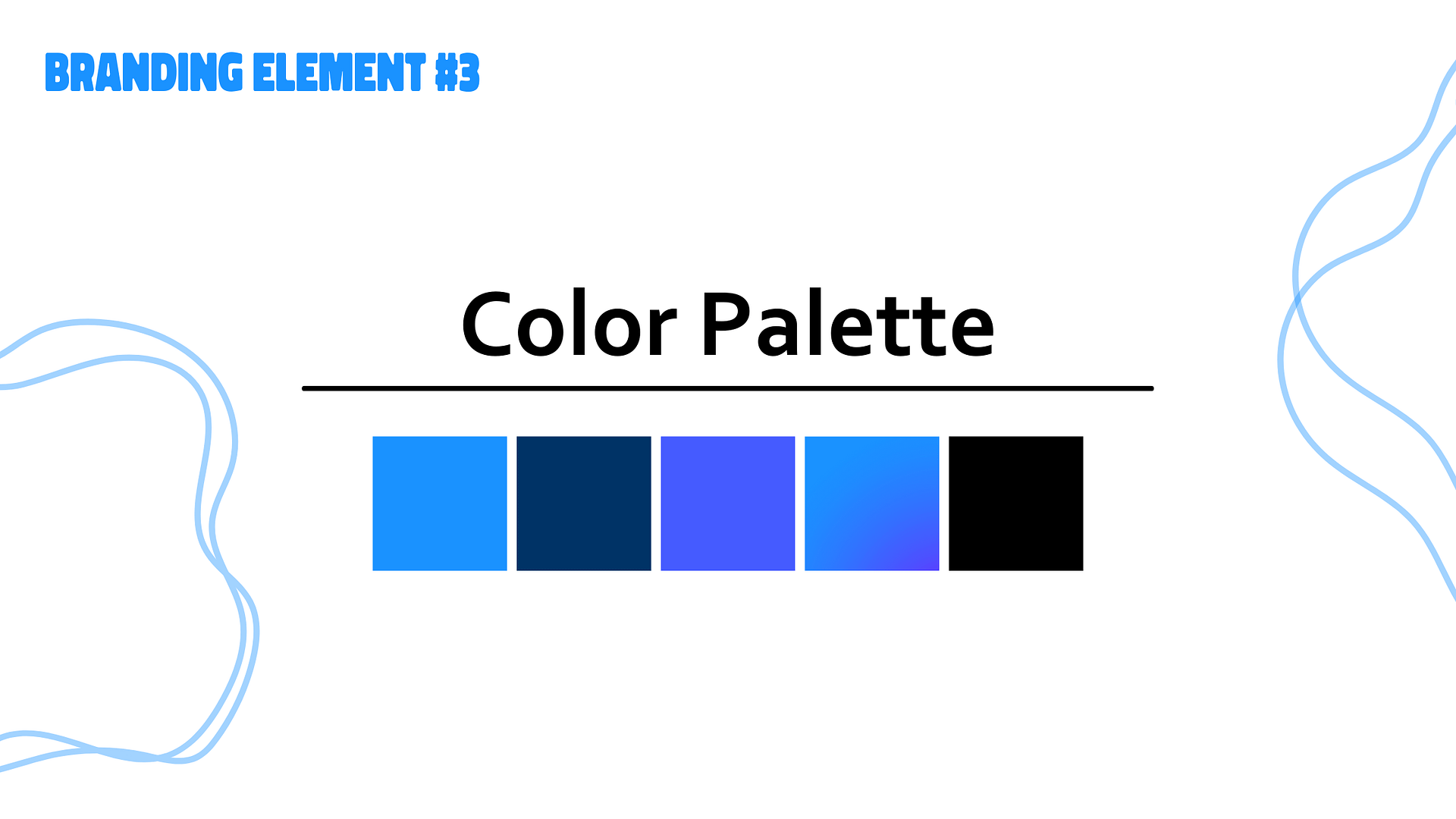
Brand colors are one of the most important elements of a brand. After all, it’s going to show up in places beyond just your logo, socials, and website. Think visit CADS, banners, videos, ads, branded items such as pens, notebooks, t-shirts — literally everywhere!
You want your brand’s color palette to be so unique and quintessential to your brand that it actually triggers recognition.

Beyond recognition, this is one of the branding elements that has the power to shape your visual identity.
Take a look at how our Instagram feed maintains a uniform color palette. The consistency comes from color; having a trusty color scheme can actually help guide how you post and present your brand online!
4. Tone of voice
Having a convincing brand tone that’s expressed primarily through written media (i.e., in your copy, content, and text posts) helps contextualize all of your brand’s media. That’s why your tone of voice is one of the most defining branding elements.
Your tone should align with your industry and audience. Let’s take a look at two different cosmetic companies and how they communicate with their followers:


Loreal takes a more professional approach – they’ve stuck with a “matter of fact” tone, which, when you look at their community, is totally within reason. They’re an established cosmetic company that’s been around for decades. Plus, the majority of their audience is older than Glossier’s.
Glossier is a trending New York-founded cosmetics company that’s beloved by the younger generations. Their copy tends to be more playful with the use of emojis and TikTok lingo.
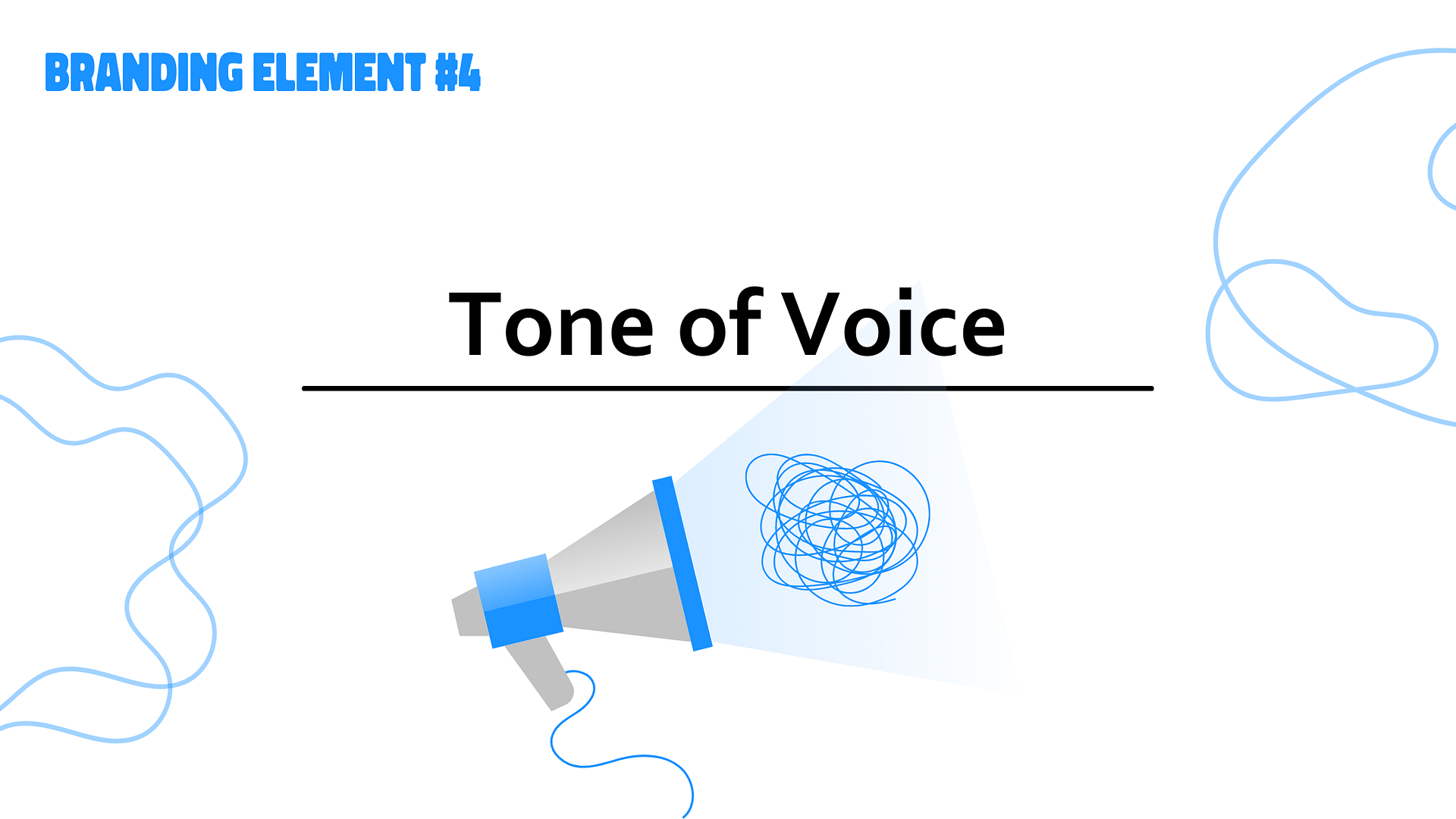
Now that you see what a difference your tone of voice can make, have we convinced you that it’s one of the most important branding elements?
As long as your chosen tone accommodates your audience and you stay consistent with it, then your content and copy will do their job in securing prospects!
5. Slogan
Get a slogan that’s so finger lickin’ good, that your audience will feel like they’re at the happiest place on earth. Just do it!
Okay, slogan overload, but you couldn’t help but think of KFC, Disneyland, and Nike, right? This is to prove just how powerful this branding element is.
A slogan is one of those branding elements that shape your reputation; it should invoke the essence of your brand and who you are.
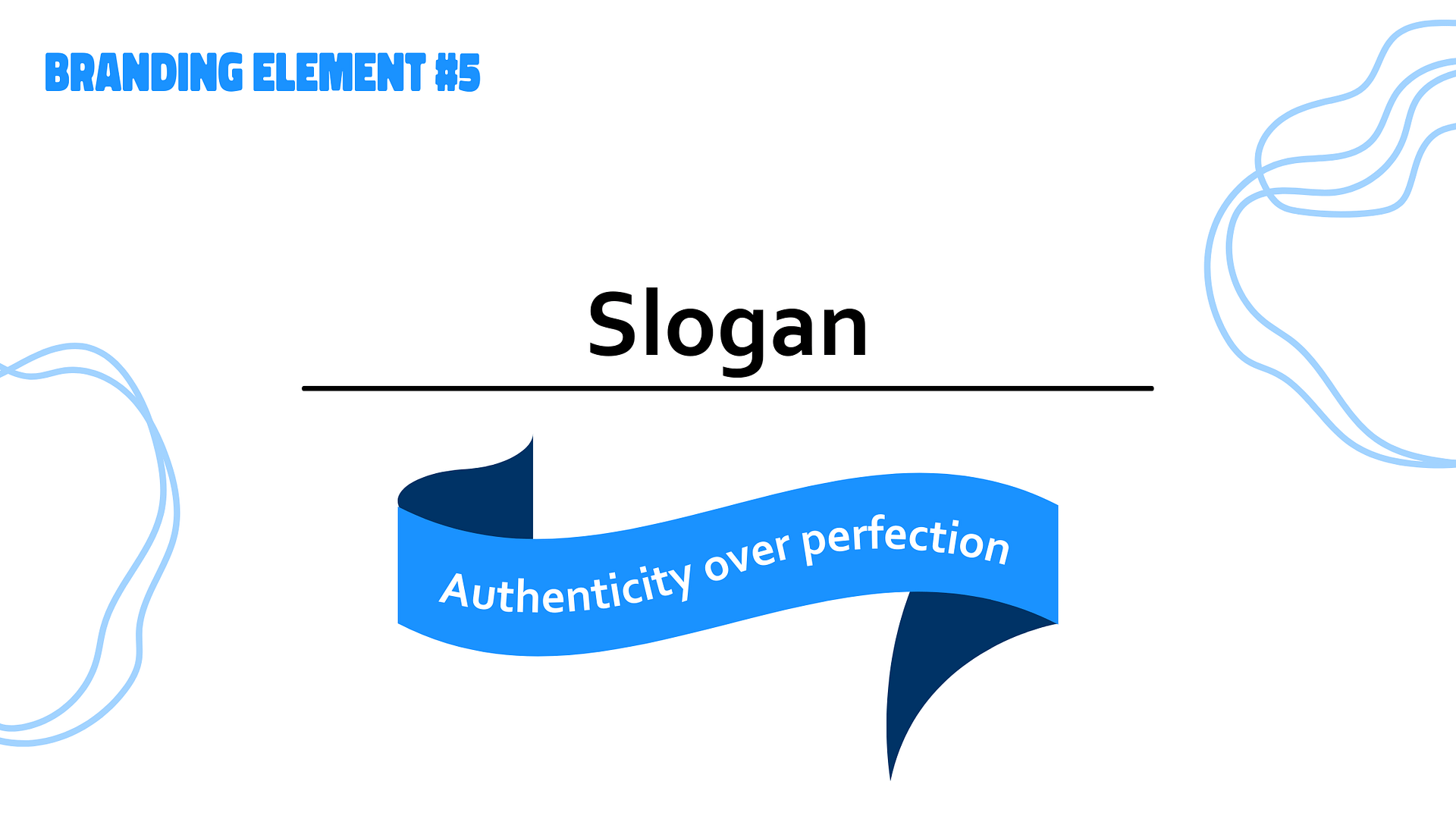
With just a few words to capture your audience’s attention, this branding element has the power of association.
When enough prospects associate your slogan with your product, you become a viable competitor, causing your lead, traffic, and conversion rates to skyrocket.
Plus, your slogan is a powerful driver of word-of-mouth marketing! If you’re creative with it, you can be stuck in people’s minds for days.
6. Fonts
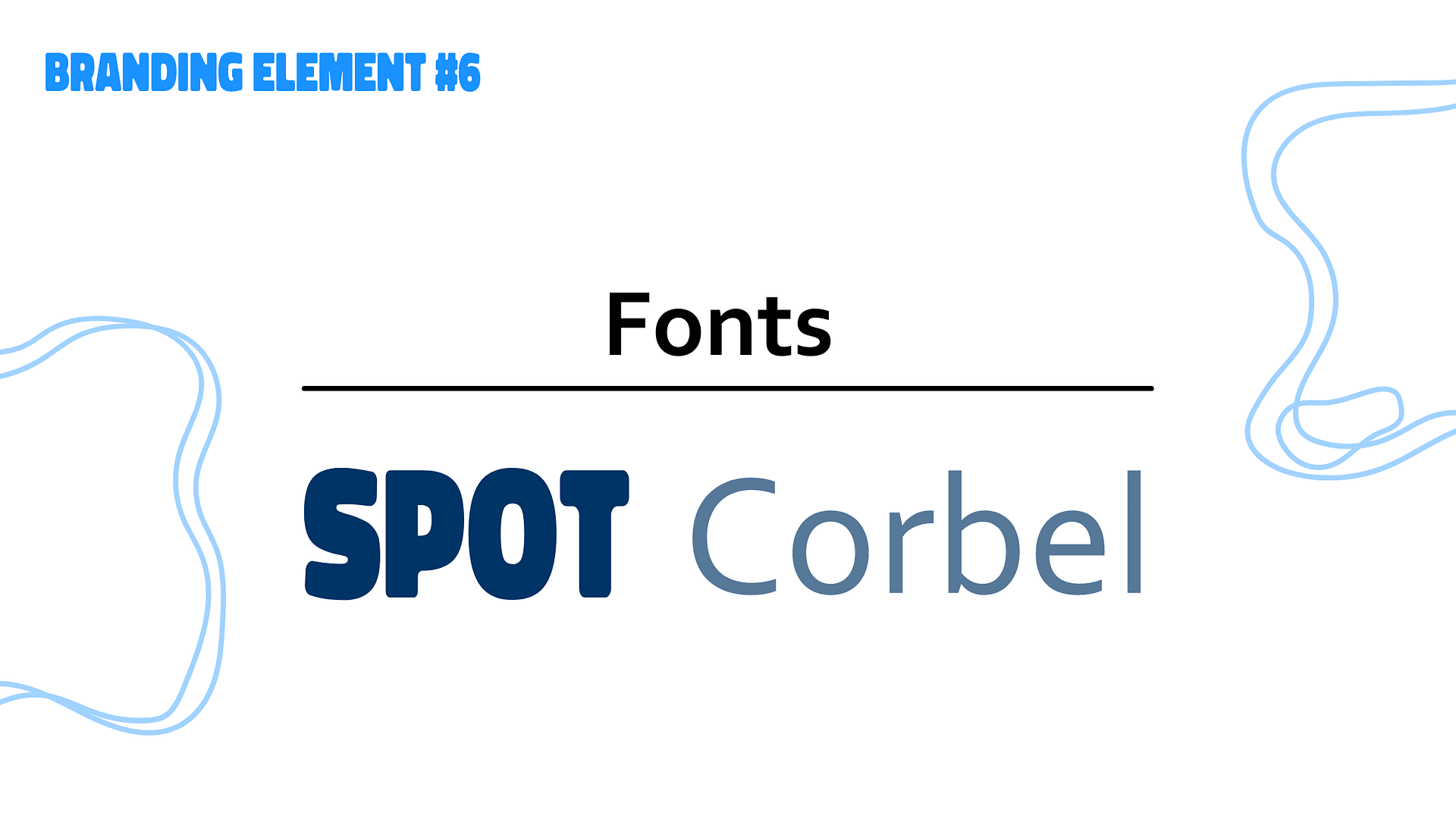
Your choice of font is one of those elements of branding that has the power to transform your tone of voice. Let’s take a look at an example from Cloud9’s Instagram.

The stark difference between the two fonts gives off totally different messages. With this visual, you can begin to understand that even typefaces elicit feelings and emotions.
Many elements of your overall typography can affect how a potential buyer interprets and interacts with your brand.
This photo illustrates different font families and the psychology of the message they send.

Is your e-commerce store traditional? Are you selling wholesale medical supplies? You might want to stick with something similar to “tradition” or “stability.”
Is your brand aimed at selling to young pet owners? “Friendly” sounds more like it!
This branding element can go a long way – finding the perfect font for your marketing can help contribute to the tone of your content – including your copy and visuals.
7. Graphics and imagery
We process images within seconds. Literally, with the blink of an eye, an image has the power to communicate an entire message, emotion, or feeling. That’s why the seventh and final branding element we think you should pay special attention to is your brand’s graphics and imagery.
The graphics you choose to represent your brand will definitely make an impression on your audience. It will indicate your brand’s professionalism while still communicating a sub-tone – whether you market your brand as playful, friendly, trendy, official, etc., professionalism should still be at the very core of every one of those moods.
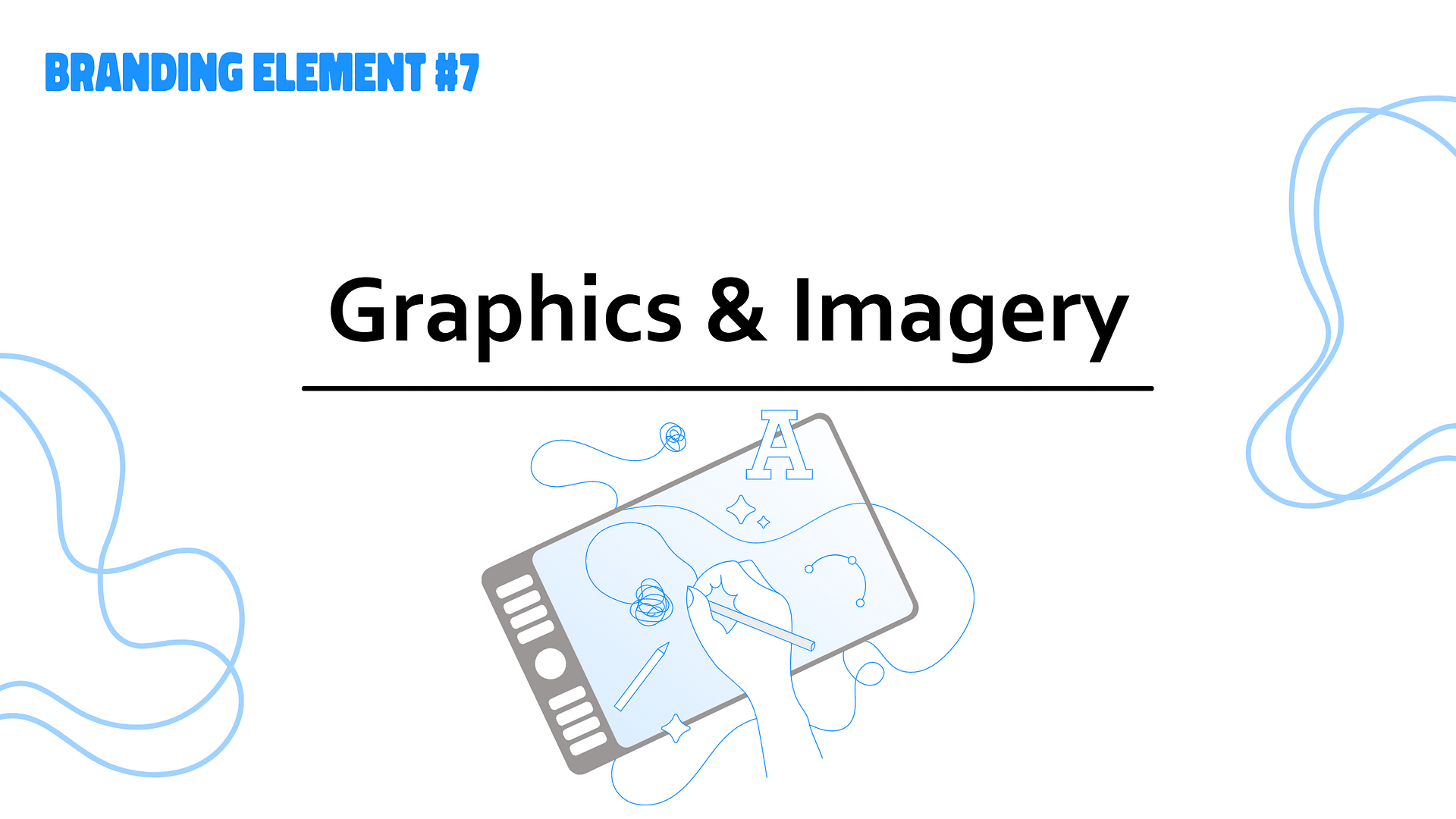
So, how do you pay your brand homage through graphics and imagery? Your brand’s imagery comes from your identity. You want these things to go hand in hand – first and foremost, for consistency, but also for the sake of your brand’s perception.
Having a great graphic designer by your side will help you feel more confident in your graphics and imagery. Lucky for you, design is one of our specialties! If you’re in search of some inspiration, let’s chat.
Final Thoughts
Surviving today’s business landscape is tough, but even tougher when your branding elements aren’t first-rate. As a brand owner, it’s important to keep in mind the impact your content has on your audience. Understanding how they will interpret your brand is key to succeeding.
We hope you’ve finished this blog feeling extra confident in your branding elements! As always, don’t forget to check out our other expert industry blogs and get in touch to learn more about our branding element expertise.

6+ years of doing content, marketing, and strategy for startups & businesses. Specializing in social media, entertainment, and tech.
Thank you for exploring our knowledge base. If you’re interested in applying expert techniques and strategies to skyrocket your business, let’s talk.
Signup for news and special offers!
Thank you!
You have successfully joined our subscriber list.
- Aygedzor 78/1 Yerevan, Armenia
- 098 332330
- [email protected]



